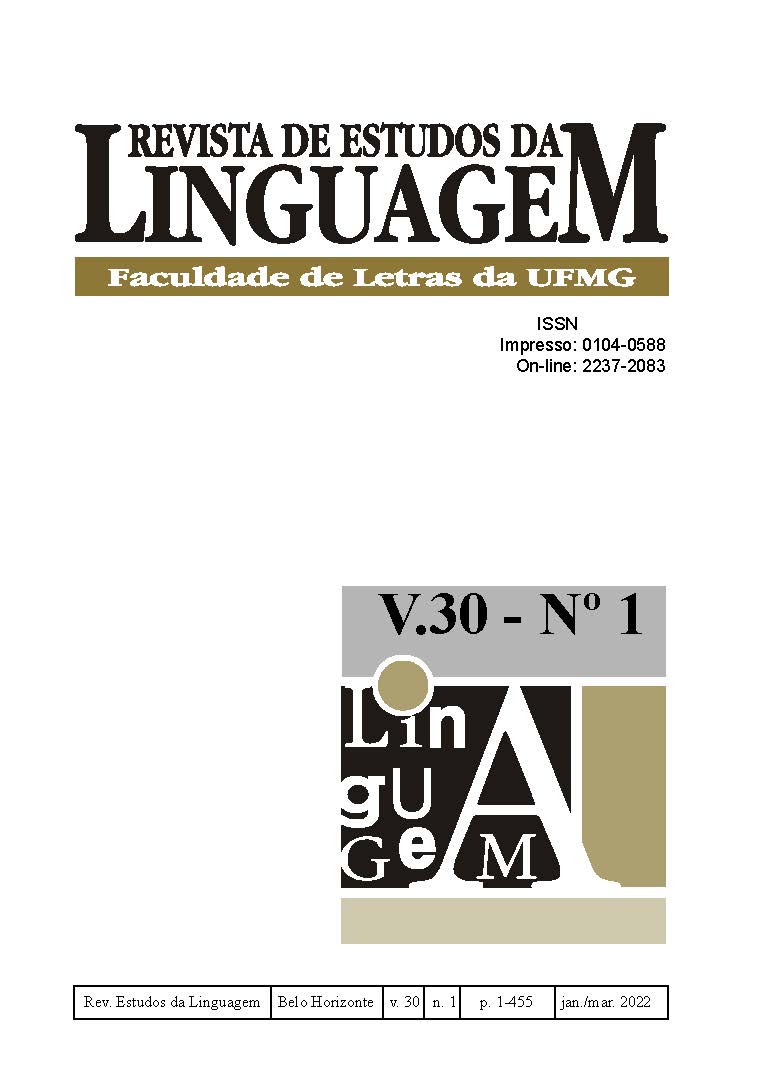Formação de nomes de urna de candidatos ao cargo de deputado federal no período de 2002 a 2018
DOI:
https://doi.org/10.17851/2237-2083.30.1.113-136Palavras-chave:
Onomástica, nome de urna, deputado federal, eleiçõesResumo
Este trabalho analisa os procedimentos de formação de nomes de urna de candidatos ao cargo de deputado federal no período de 2002 a 2018. São adotados pressupostos teóricos da Sócio-Onomástica, que objetiva estudar a origem social dos nomes próprios e o uso de suas diversas variantes em diferentes situações e contextos, considerando seus portadores, nomeadores e usuários. A amostra de dados está composta por 15.068 nomes de urna, extraídos do Repositório de Dados Eleitorais do Tribunal Superior Eleitoral (TSE). Entre os resultados obtidos, verifica-se um aumento do uso de nomes não pertencentes ao registro civil na formação dos nomes de urna ao longo dos últimos anos, especialmente na comparação entre as eleições de 2014 e 2018. Além disso, ao considerar as características internas dos nomes, observa-se um aumento do uso de apelidos, hipocorísticos, qualificativos militares, profissionais e de outros elementos em contraste com uma redução de qualificativos religiosos ao longo de todo o período considerado.





